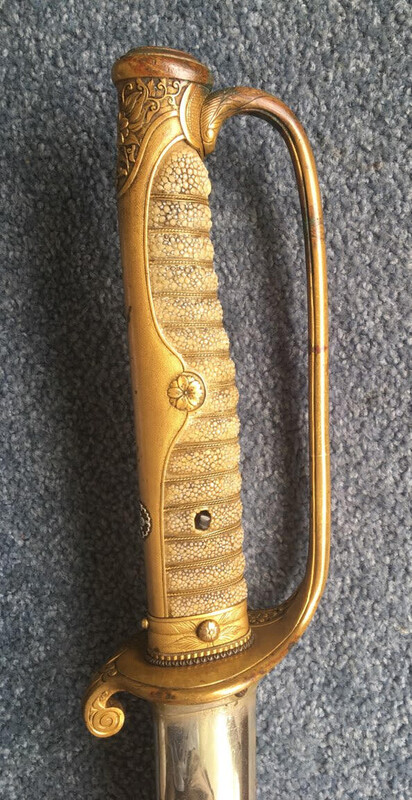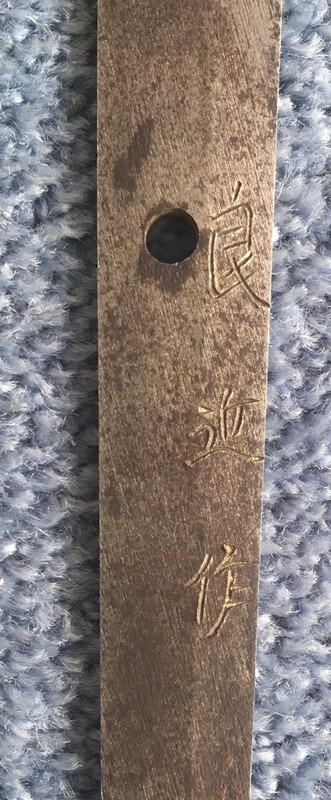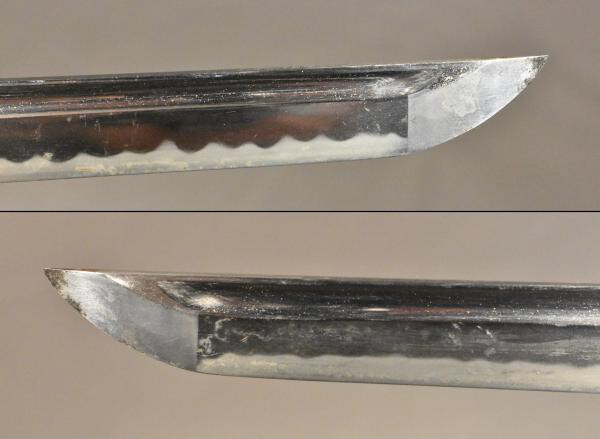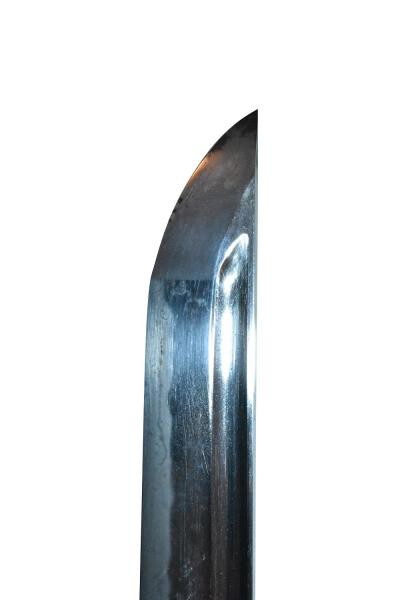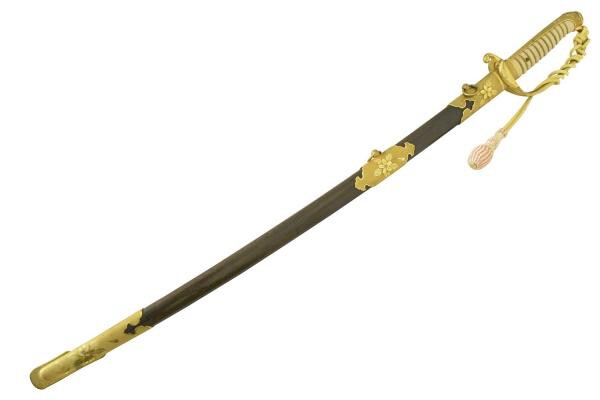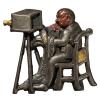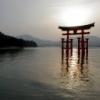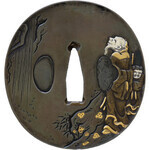Leaderboard
Popular Content
Showing content with the highest reputation on 02/19/2021 in all areas
-
I learned something new. https://www.warrelics.eu/forum/Japanese-militaria/he-untold-story-suya-shoten-711132/5 points
-
3 points
-
3 points
-
3 points
-
Hi Barry, The mei eventually reads: MORI ( 守 ) SADA saku. There was a Bungo Takada Katana with a similar mei in the Compton collection. It was papered "koshu tokubetsu kicho token" in 1975, so the mei can be considered genuine. It was sold at auction by Christies as lot Nr.306 (Part I) on March 31, 1992. The two mei are not precisely identical, but pretty close.2 points
-
Jack, I will be frank and totally honest, it's impossible to say something relevant about this sword based on those pictures. suriage ot not ? impossible to see with the habaki Measurements are needed : nagasa, sori, motohaba, sakihaba, motokasane, sakikasane, kissaki lenght (which must be put in regard with the motohaba to determine its type) That's could help you :2 points
-
I think this "SHI SHI" could be Lion(Shi Zi 獅子)instead Lion Dog(Shi Zi Gou 獅子狗),it might related to "Lion sword"(獅刀),those swords was developed in the early 1920s by 北洋政府(The Warlord government of Northern China that developed from the Qing Beiyang army )。 Depending on the rank, the sword has from one lion up to 12 lions on it. 1920年2月29日,时任民国北洋政府大总统的徐世昌公布颁给狮刀的大总统规则令,随后,国务总理、陆军总长靳云鹏和海军总长萨镇冰发布第七号教令,正式建立起了北洋政府的“狮刀”制度。 “狮刀”制度的颁给规则共有十二条: 第一条 颁给狮刀,以陆少军官佐为限。 第二条 各等狮刀,由大总统特颁,不得呈请奖给。 第三条 一狮刀至三狮刀,颁给中级官佐。 第四条 四狮刀至六狮刀,颁给上级官佐。 第五条 七狮刀到九狮刀,颁给有特殊勋绩之上级官佐。 第六条 十二狮刀,除大总统佩带外,得由大总统特赠外国大总统、外国皇帝君主或体国曾任大总统者。 第七条 陆海军官佐,由大总统特令颁给狮刀者,应由陆军部或海军部注册 。 第八条 已颁给狮刀者,得晋给多狮之狮刀,其前颁之狮刀,无庸缴回。 第九条 一狮刀至六狮刀,发交陆军部或海军部颁给。 第十条 七狮九至九狮刀,由大总统亲授,其在京外者,得遣派专员代授之。 第十一条 十二狮刀之赠与,由大总统特派专使行之。 第十二条 大总统亲授狮刀之礼节,参照授勋之礼节行之。2 points
-
2 points
-
2 points
-
Tonkotsu recently showed us a smaller blade in Shirasaya style, with a decent-looking Habaki, having elements of useful/tourist knife to it. (Of course the word katana 刀 in its broadest original meaning was a knife.) Perhaps members would like to show some smaller knives which do not perhaps fit our normal Nihonto parameters but may have some overlapping elements. May I start with this one. It is larger than a toothpick as you can see and once had a very specific use. Those who know will know. (No, not the weapon used in ‘Hidden Blade’ Oni no Tsumé, though not far off!)1 point
-
1 point
-
Don’t bother: there is only one official classification done to avoid endless discussion Under or equal to One shaku: Tanto Between one to two shaku: wakizashi Over two shaku: katana or tachi Now you are free to use whatever term you want but officially the above classification will be used. In the same way in official papers, you’ll only see : Naginata naoshi.1 point
-
Yes, after looking at some posts in the translation section they said the stamp on the hand guard is that of KK Suya Shōten 株式會社・壽屋商店 . Some also lined this article: https://www.warrelics.eu/forum/Japanese-militaria/he-untold-story-suya-shoten-711132/ I skimmed the article but it appears this manufacturer designed many of the uniforms and sword for the Japanese military in the late 1800s. Then in the 1910s and 1920s began exporting to neighboring Asian countries. I believe this sword is one of his exports to China during that time.1 point
-
Welcome Brian! Start a new thread in the nihonto section and ask for thoughts on the blade. You will get a lot of information if it is an interesting blade and not so much, if there is little of interest in the blade.1 point
-
1 point
-
Well, there you have it Trystan, a buckle knot/tassel on a iron guard NCO. You can never know for sure as to how these things occur. I guess I'm a bit like Dave R. and am reluctant to change something if there is even the slightest possibility it is how the WWll owner intended it, even if it was not "officially correct." I mentioned I had sort of a "gut feeling" the non-buckle tassel was original to the sword , but only because the leather looped around the sarute has the appearance of being in that position for an extremely long time. Who knows...it will remain as is for now. Thanks again, Dave M.1 point
-
1 point
-
1 point
-
1 point
-
1 point
-
1 point
-
Thought I would pull together Mantetsu/Koa Isshin swords from 1938 to 1945 inclusive (in date order) , I have the years in-between, but this is to show the variety of Mei. Bruce has the Mune stamps already. The purpose of doing this is to discover what other Mei may exist out there. The 1938 has a Manchurian Railway stamp, right through to the 1945, that only has a Mune stamp.1 point
-
1 point
-
Thanks again for the thought food, guys. The more I think about it, the more I lean toward the civilian mounts. I just received a simple and (I hope) suitable iron tsuba with a pattern on it (fogged-in mountains? I dunno for sure what it represents) that nicely matches the hamon that I'm very pleased with. Speaking of which, I busted the camera out again, and this is the best I could do for blade images. It still makes the hamon look more flat and solid than it actually is, but under this particular low, incandescent light, with little reflection, it is at least possible to see a long stretch of it in a photo. Viewed outside and under magnification, the hamon has a multi-layered, cloudy, at points almost grainular testure, with a light frosty halo-effect at certain points. I don't know if that is enough to tell if it is water or oil-quenched. I'm relieved to say it does have a masame hada. My eyes are terrible nowadays, so I haven't been able to get a glimpse of it until today. Evidently I'm only able to see it under magnification, outside and on a cloudy day. Otherwise it gets drowned-out in glare and reflection.1 point
-
Pardon me friends, I can't believe I forgot to put up the blades specifications. Here are the measurements. Contemporary swords(Heisei 6 / 1994) Gifu (DAI) : Length of cutting edge 74.8cm Curvature 1.7cm Width of base 34.0mm Width of Yokote 26.0mm Thickness of base 7.2mm (SHO) : Length of cutting edge 55.3cm Curvature 1.3cm Width of base 28.5mm Width of Yokote 22.5mm Thickness of base 5.8mm1 point
-
Bruce I edited my last post , but not sure if you seen the comments , shishi / Lion Dog is on the back strap , as i said you see them on many sword fittings .1 point
-
1 point
-
1 point
-
I think we can get very fixated about sword definitions and lengths. As mentioned in Marcus's article, the Tokugawa were obviously uptight about commoners carrying swords that were just below 2 shaku, probably in overlong saya, and decreed the maximum lengths. Having said that, the samurai class were obviously not so rigid in their attitude, wearing swords commensurate to their stature. I have a daisho in which the daito is only 22.4" (57cm) long and the shoto 18.1" (46cm) which I worried about for a while before being told it was for a small person. Ian Bottomley1 point
-
1 point
-
1 point
-
1 point
-
Good evening Gentlemen Thank your for all your comments. The title of the thread was Buyer Beware. As an Antiques Dealer, of 35 years standing, known to have an interest in Japanese arms and armour, with a large Gallery in the City of Bath, UK. I have been offered suitably distressed versions of the type 98 that was produced in Hanwei a few years ago. These new ones are currently available on the manifest of the manufacturer in China, according to their website. The thread was no more than a heads up to the membership here, thirty years down the line, the next generation of collectors will encounter them. I believe that the Royal Armouries in Leeds often includes examples of fakes in its archive, to show as a teaching example to future generations of curators.1 point
-
Hmm... wow. Ok. I learned something new. Still a bit concerned that this could encourage amateurs to break apart potentially significant blades that just needed some TLC. But the knife project was pretty neat, I admit.1 point
-
1 point
-
if there are any west Australian collectors out there, there is an auction tomorrow night with a few Kozuka that may go cheap Welcome - Todd's Auctions1 point
-
1 point
-
I kind of think Showa22 uses uchiko or something on blades sometimes but ends up making micro scratches across them. Maybe he gets them that way. I think you got a cool sword, I always eye Emuras when I see them. Emura blades due to the history of his prison and having inmates make blades have that additional interesting factor especially since they can be highly considered. Emura was one of those makers that had a group of people under him making blades and I'm not quite sure if there is a definitive way to know which ones he truly made himself. Alot of the higher value in these seem to be in the polish, this also may be because having to polish it would likely cost over what they command on the market. "Condition condition condition" Love the older punched type 94/98 tsuba & gunto koshirae. I always find Nagamitsu and Emura as a kind of maker "grouping" in gunto discussions...but Emura seems to edge slightly ahead in market and "cool" factor. Showa22 has another Emura listed now for $2500 OBO and its one that was returned by a previous buyer. Probably scratches. Pretty sure I remember the one listed now going for like just under $1500 in the auction before it was returned. Congratulations! Share more pics when it arrives!1 point
-
1 point
-
1 point
-
1 point
-
1 point
-
I will add no more than this to the above conversation except to say to Adam that your challenge to Ford certainly bore fruit but your method was less than diplomatic and you seemed reluctant to concede much kudos to Ford in something he obviously is well versed and learned in, probably one of if not the best. Don't p... the man off Adam, his input here is outstanding. Roger 21 point
-
Adam, try re-reading my posts more slowly....and please stop misrepresenting what I've said. The only one being misled by your strawman arguments seems to be you. I trust my posts are clear enough and self explanatory to any other interested members and thanks to the kind and amusing responses 😎 Glad to be of service.1 point
-
IMHO it is a Nagoyamono (thing from Nagoya) rather than a Mino work. The good news is that it is better than the 'standard series' (as I like to call them) of Nagoyamono that keep turning up in UK and Japanese auctions. I am not an expert, being more a book newby and often use the Christie's Compton Catalogue as my main source of info as it seems to be of a higher standard than info in the current major auction house of tsuba. Compton II, lots 132-135 show some nice examples which sold for over £1K (I don't think yours is quite up to that standard and prices were higher then). Using their catalogue notes. Nagoyamono were based in Nagoya in the Edo period and used the style of the Goto workers in Mino and Kyoto. The plate metal for the tsuba was nigurome, a base metal of katashirome (tin and lead) and unrefined copper (yamagane). This alloy is converted to shakudo when 3-7% gold is added, which was not done with the Nagoyamono. Nigurome gets a chocolate brown patina and not the lovely blue black of shakudo. The Nagoyamono that I have seen all look cast and then finished by hand (guilding and application of nanako), they also tend to have guilded nanako finished ryuhitsu, as yours. hope this is of help, best regards John1 point
-
The problem is that wakizashi length swords came into being at least twice via completely independent paths. In Nambokucho they appeared as oversized tanto. In Muromachi in addition to that there was introduction of significantly reduced in size daito. Both functionality and design of those two is drastically different as well. So sunnobi tanto in wakizashi length is still a derivative of tanto and was often associated with "tanto-heavy" lineages like Soshu. The kind of wakizashi one could use in a daisho, i.e. shinogi zukuri, is a derivative of daito, and could be made by smiths specializing in daito rather than tanto. It is also a relatively recent phenomena. Though attempts at "ko-daito" were occasionally made way before, and such pre-Muromachi examples should be called wakizashi - since they were probably intended to be such. Which term is being used can thus depend on the context. If one discusses how Rai tends to be tanto heavy lineage, then even very large, later sunnobi examples can be referred to as tanto, since they were intended to be used as a large tanto. In the same way I would not call uchigatana at "just" 58cm a wakizashi, since it was never intended to be one, i.e. worn as a side, additional weapon, or a large sword which could still be carried indoors (you would still have to surrender it in places where daito were not worn), or to avoid legal/appearances issues. Which when it comes to long swords were common even during Nambokucho times - in Ashikaga's armies kuge generally avoided wearing armor or carrying swords especially during public events.0 points
-
Youd think as much i dislike rereading the dead post id check the date before i start...didnt untill i read Chris's post. New guys ol guys start your own post then link the old one. Save me from my growing senility thinking if I read this before. Or ill just try reading the freaking date....yad think!!!0 points
-
🥱 trying to debate colours on the internet, where everyone's screen and calibration is different and everyone sees it differently. * sigh * Can we stop this silliness?0 points
-
Firstly there is no need to insult it shows a certain lack of intelligence and a shallow self indulgent personality . What have I misenterpreted from the above statement?-1 points
-
Ah understood, you don't know either. Well let's hope Ford deigns to explain why he felt the need to react that way.-1 points
This leaderboard is set to Johannesburg/GMT+02:00

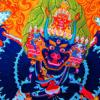



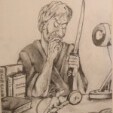


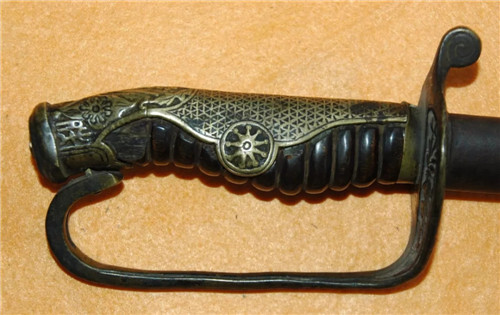



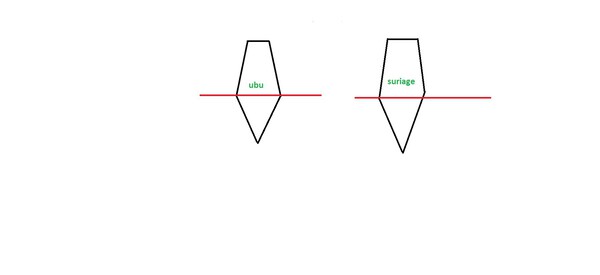


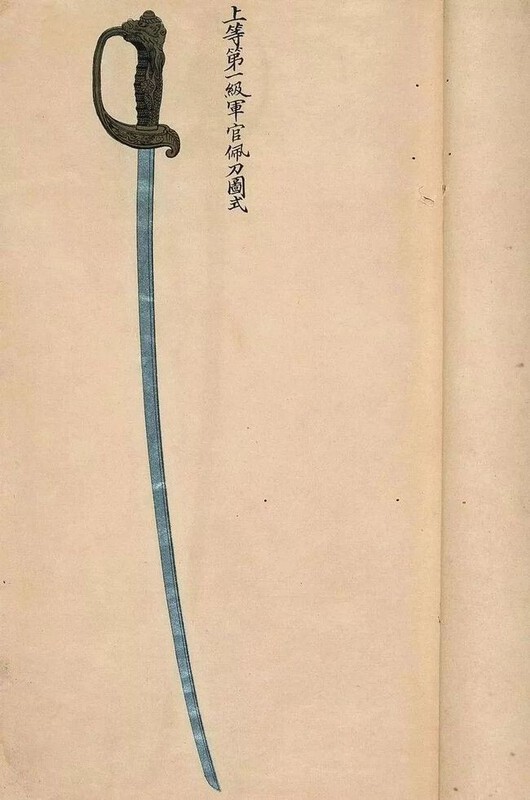
.jpeg.162e53d6c086fe742102421e216508cf.jpeg)

.jpeg.17c18579ebc6cb2a15512f9954b91541.jpeg)
.jpeg.8570fd3ceeade779a782669848e3961a.jpeg)









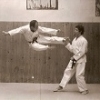

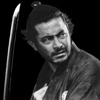
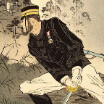



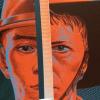
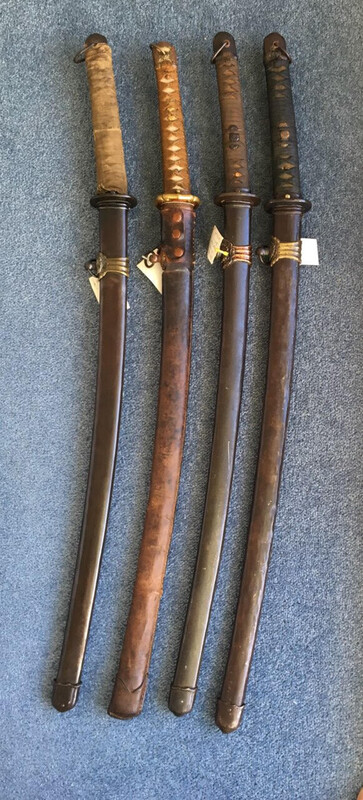

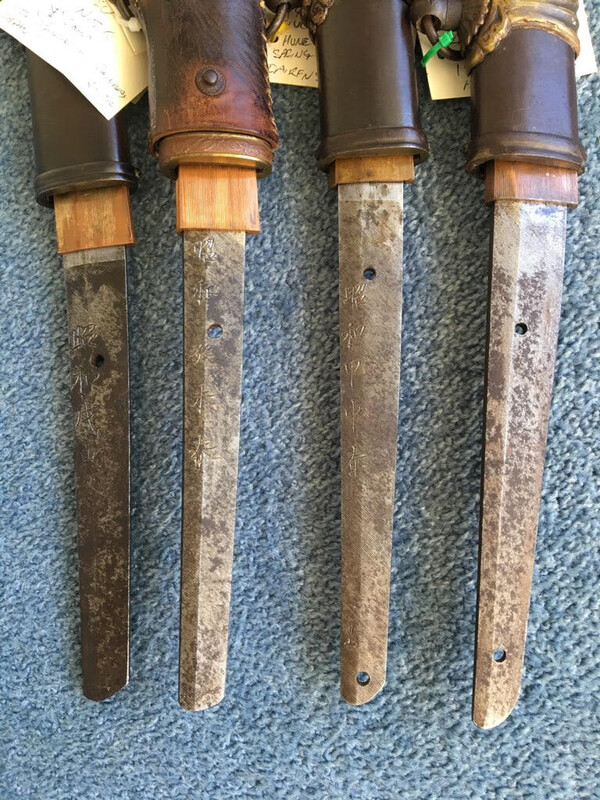
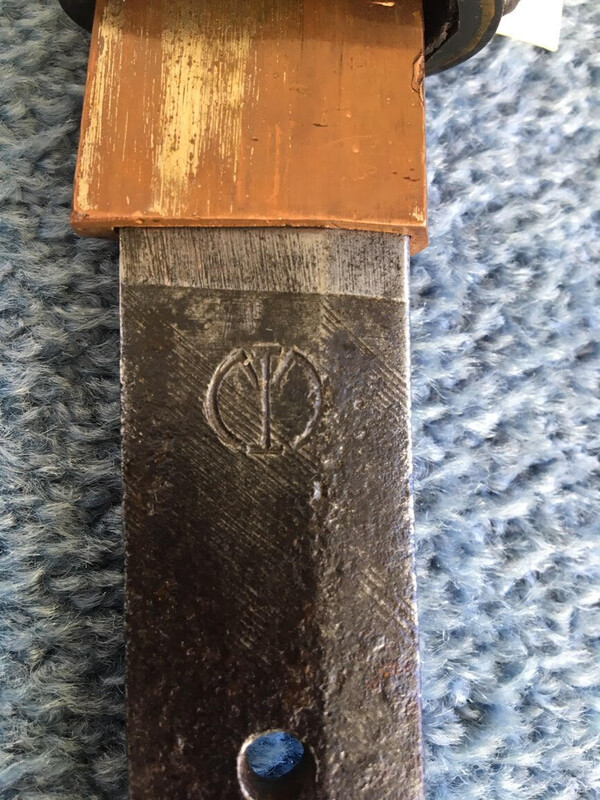









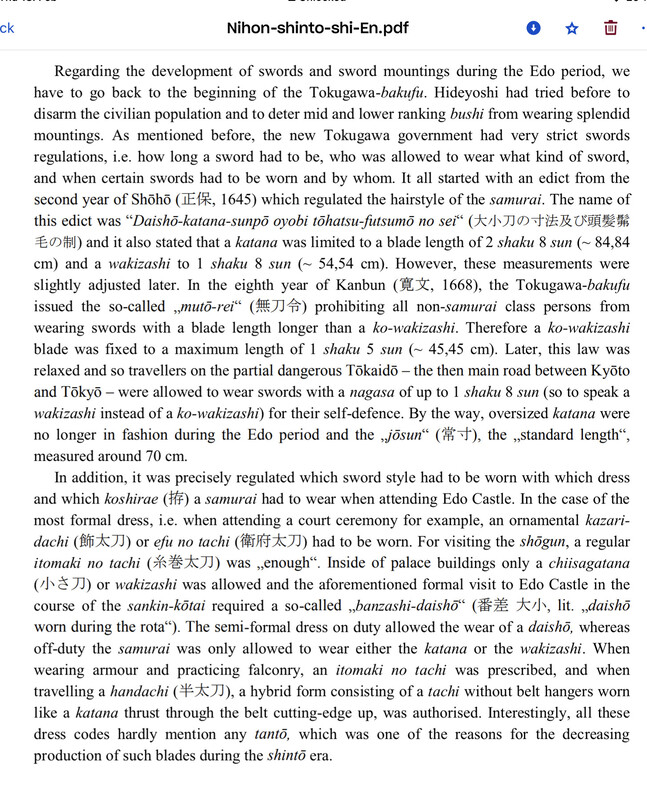
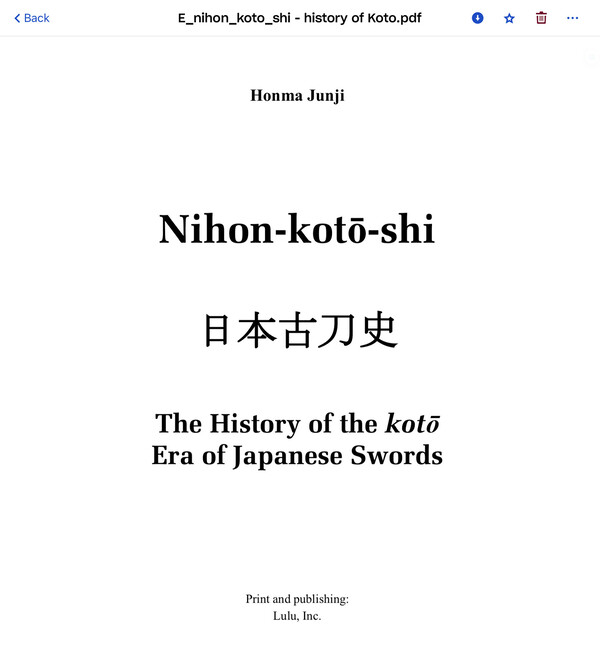




(2).thumb.jpg.3624b73a49cef8b99c5d11d671590a14.jpg)
.thumb.jpg.dc1452e8ce01c4d8e72409ad6e3d6582.jpg)
.thumb.jpg.c9eebf5f05ec65b24c54c27a5092d938.jpg)
.thumb.jpg.5c54c4fb9f72f770bf05e77035cbe8bc.jpg)
.thumb.jpg.714e438b78c186ad394f88022c41645d.jpg)
.thumb.jpg.00f40686022eb91214fdb6d9cd51b067.jpg)
.thumb.jpg.05bd100bdd9da92afa3fff457fbc66bc.jpg)
.thumb.jpg.b45f384866acd9e4143309a18ae0be2c.jpg)
.thumb.jpg.0f3ca178abac250c70148e5e9544ecb1.jpg)
.thumb.jpg.471cf2ada46e9abe4bd838e260c09755.jpg)
.thumb.jpg.72a601049b23618a37099111efdcd900.jpg)
.thumb.jpg.57fe0bd92d7ecb72616105f452fecdb8.jpg)
.jpg.991ef3283e97b375c12ace46fc9eef98.jpg)
.jpg.f628436e9131724add9c83bec318bb7b.jpg)
.jpg.83ba17165037663bfb84ec880726c2ca.jpg)
.thumb.jpg.921a9565894783b62eb1cdc9b41c339d.jpg)




